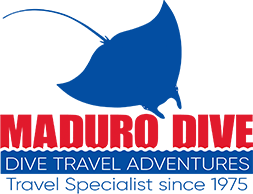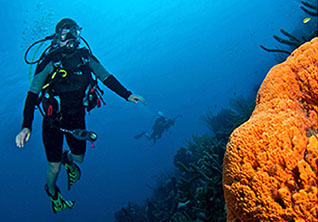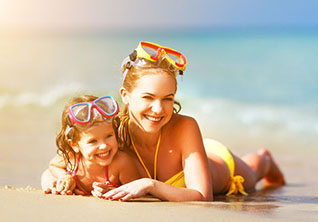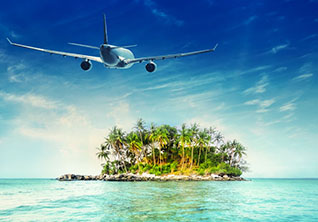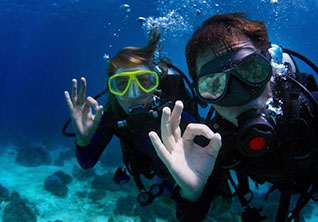Solomons Master - Monthly Special - Solomon Islands
Save Up To 30% Off Rates!
7 or 10 Nights' On Board accommodations (Double Occupancy), Round Trip Airport or Local Hotel Transfers, Full Breakfast, Lunch and Dinner, Snacks and Unlimited Soft Drinks, Fruit Juices, Tea and Coffee While Onboard, Up To 4 Dives Daily (Weather Permitting), Weights, Weight Belt and SMB, Optional Village Visit (Not Included Marine Park and Port Fees Payable Onboard)
...
View Package DetailsSolomons Master - Papua New Guinea
Guadalcanal, Western Province & Best of the Solomons Itinerary!
10 Nights' On Board accommodations (Double Occupancy), Round Trip Airport or Local Hotel Transfers, Daily Breakfast, Lunch and Dinner, Between Dive Snacks and Unlimited Drinking Water, Soft Drinks, Fruit Juices, Tea and Coffee While Onboard, Up To 4 Dives Daily (Weather Permitting) Including Tanks, Weights, Weight Belt and SMB,...
View Package Details
Papua New Guinea
Climate: Tropical with annual air temperatures range between 24 – 29°C / 75 – 85°F
Water Temperature: 26 – 31°C / 79 – 87°F
Time: UTC +10:00 to +11:00
Language: English, Tok Pisin (a Melanesian Creole English), Hiri Motu, and 717 distinct native languages.
Currency: PGK -Papua New Guinea Kina
Electricity: 240 volts AC, 50Hz; Australian-style three-pin plugs are in use.
Marriage Requirements: Please contact the local tourism board for instructions and requirements.
Airport(s): Port Moresby International Airport (POM)
Hyperbaric Chamber:
Melanesian Hyperbaric Service
Port Moresby Medical Services
There are not many places in the world where a few steps away from the beach will have you hovering over a steep drop off that plummet down to over a thousand feet. However, in Papua New Guinea, its the rule rather than the exception. Papua New Guinea occupies the eastern half of the island of New Guinea, just north of Australia, and many outlying islands. The Indonesian province of West Papua (Irian Jaya) is to the west. To the north and east are the islands of Manus, New Britain, New Ireland, and Bougainville, all part of Papua New Guinea. About one-tenth larger than California, its mountainous interior has only recently been explored. Two major rivers, the Sepik and the Fly, are navigable for shallow-draft vessels.
Read More
110,000 Reasons to Go Liveaboard
110,000 Reasons to Go Liveaboard!
There are more than 110,000 islands in the world and many pinnacles that rest just below the surface and each and every one of them may be filled with multitudes of critters and creatures that seldom come in contact with humans. Sure, some of these islands may be inhabited, but most require transportation via some sort of marine vessel to get there and it ma...
Read BlogWhat to Expect From Your First Liveaboard
I still remember the first time I decided to plunge into something new and book my first liveaboard charter. None of my dive buddies wanted to join me, so I grabbed my gear and set sail alone. There are far too many places to discover in the world to pass this up! I must admit that the excitement of exploring a new underwater environment was paired with a little fear of what I might encou...
Read Blog
